
Question and Answers Forum
Question Number 97051 by john santu last updated on 06/Jun/20
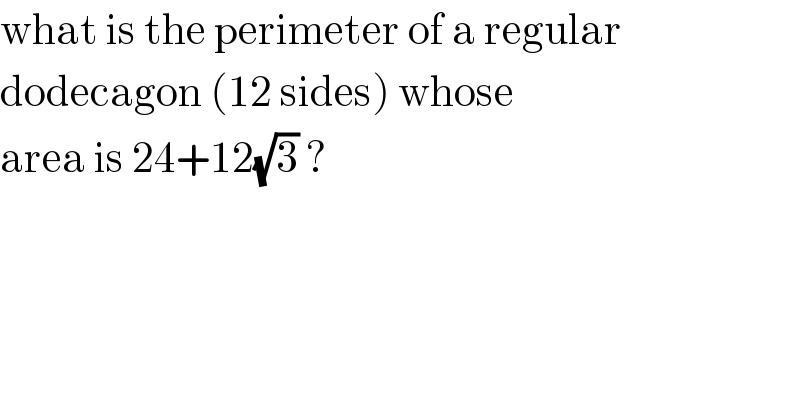
Commented by bemath last updated on 06/Jun/20
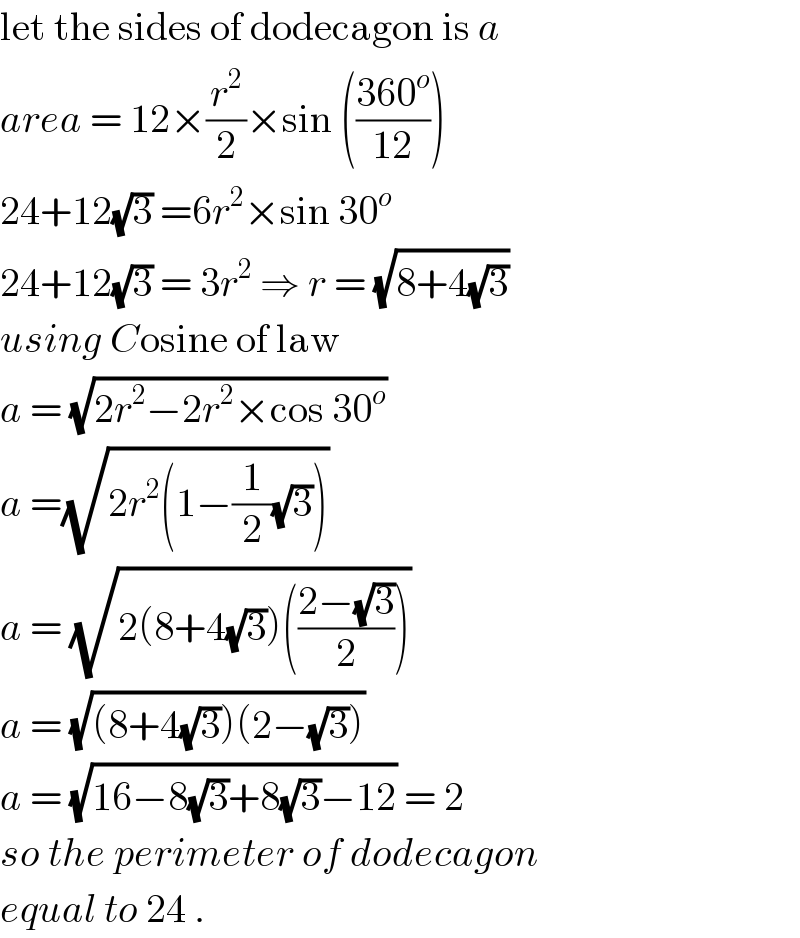
Commented by bobhans last updated on 06/Jun/20

Answered by 1549442205 last updated on 06/Jun/20
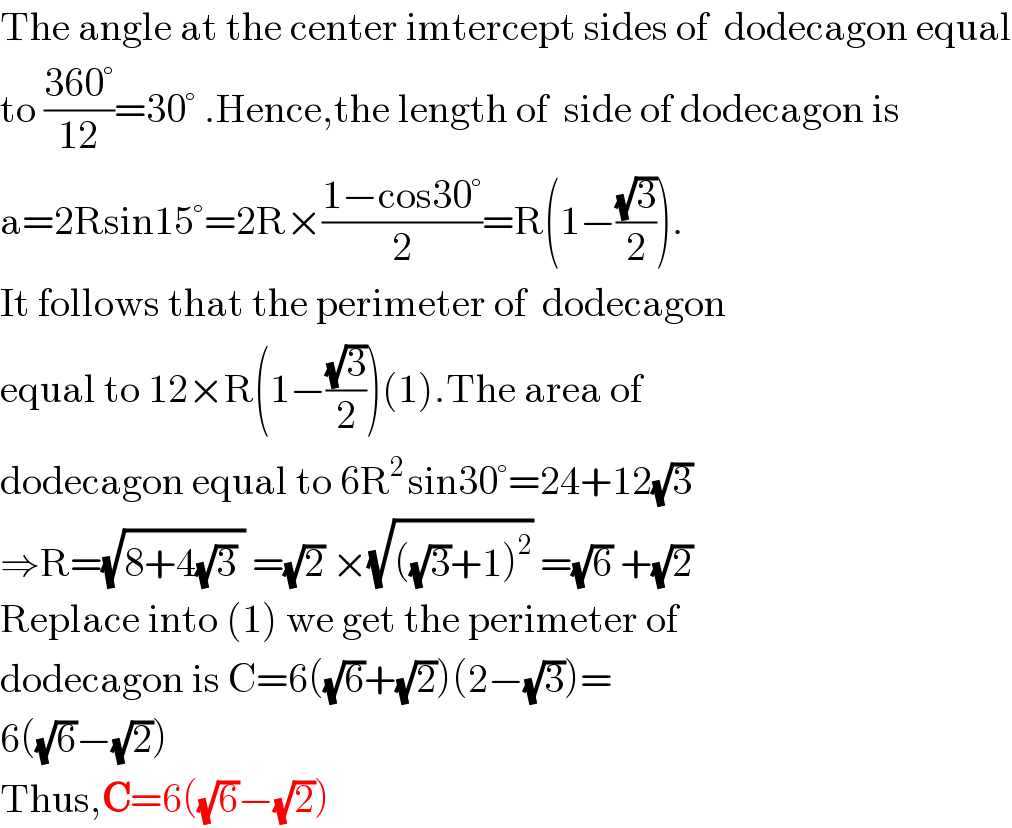
Commented by bobhans last updated on 06/Jun/20

Commented by 1549442205 last updated on 07/Jun/20
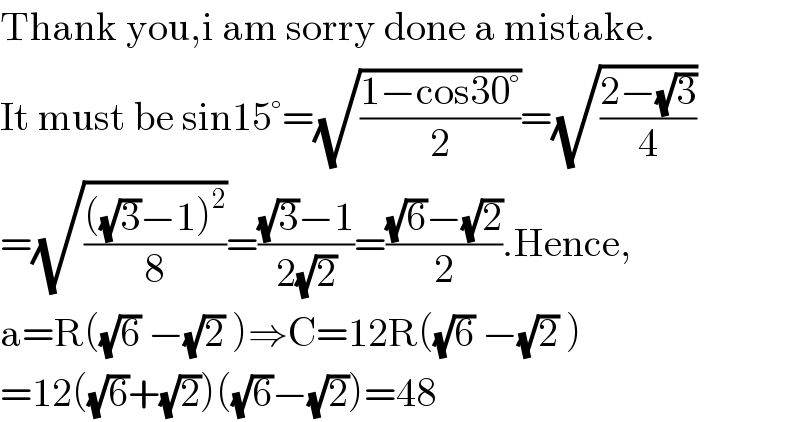
Commented by john santu last updated on 07/Jun/20

Answered by john santu last updated on 07/Jun/20
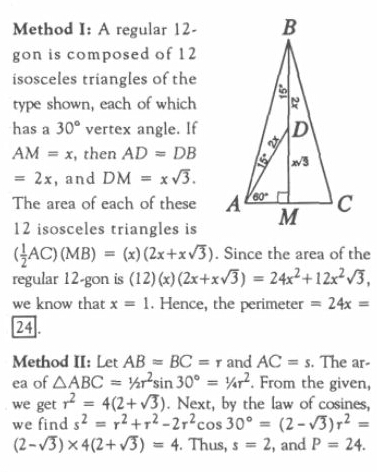
Commented by bemath last updated on 07/Jun/20

